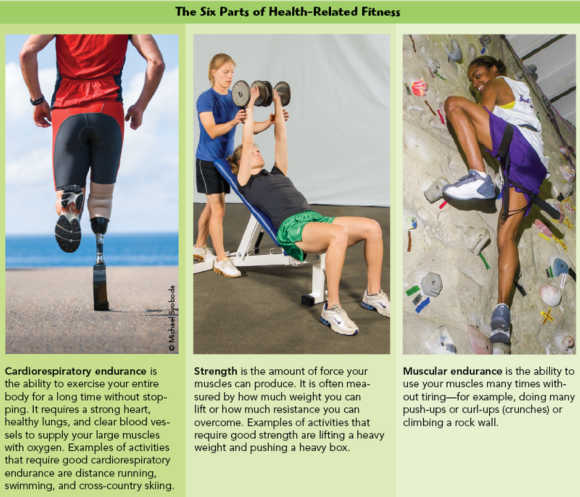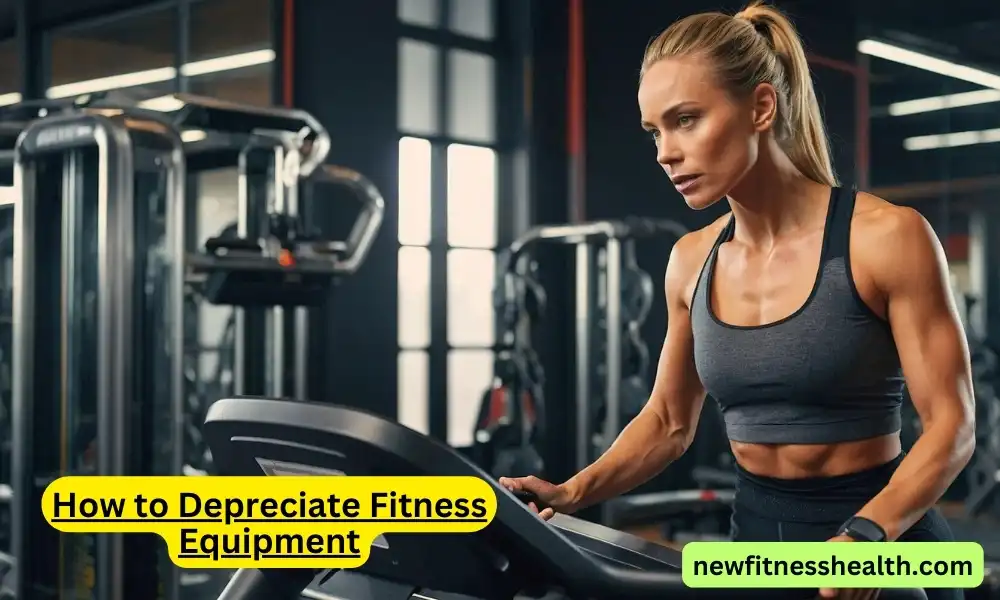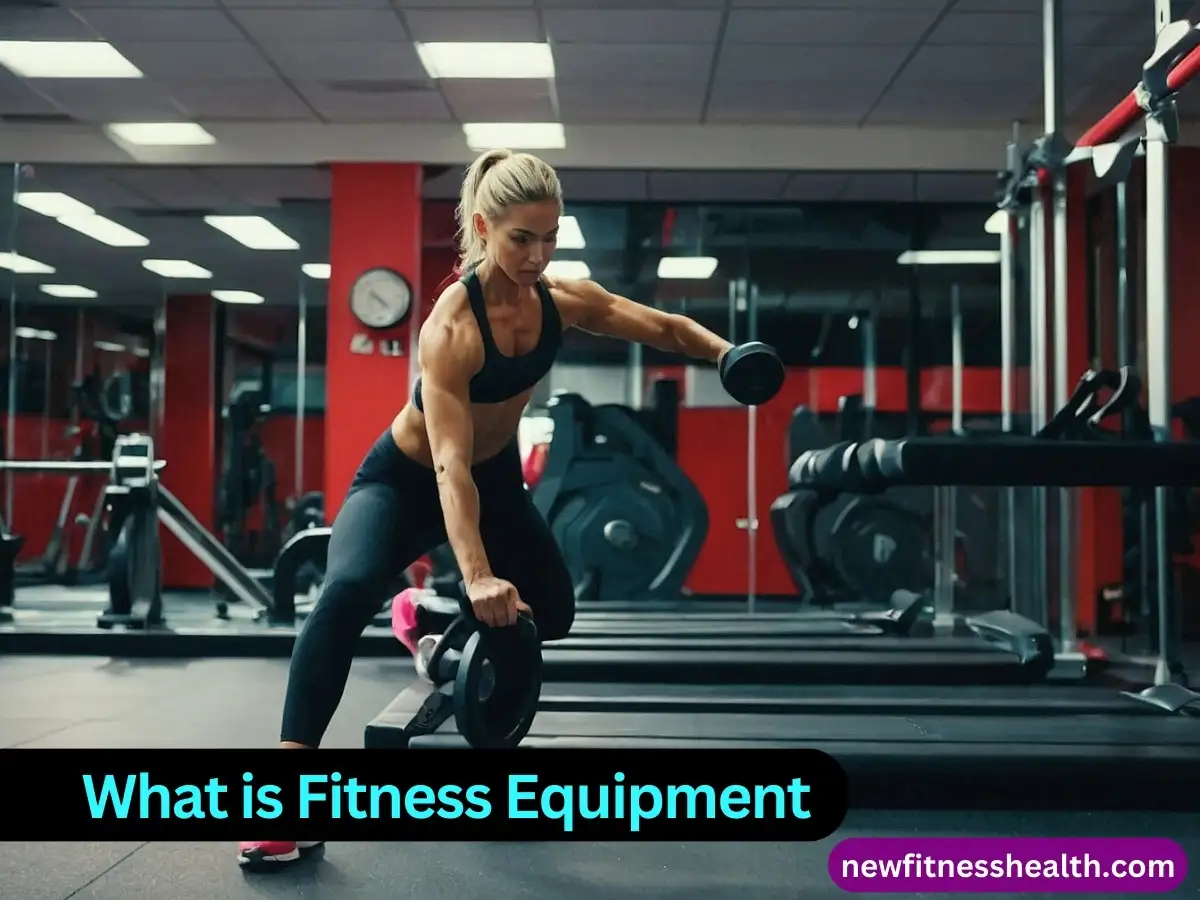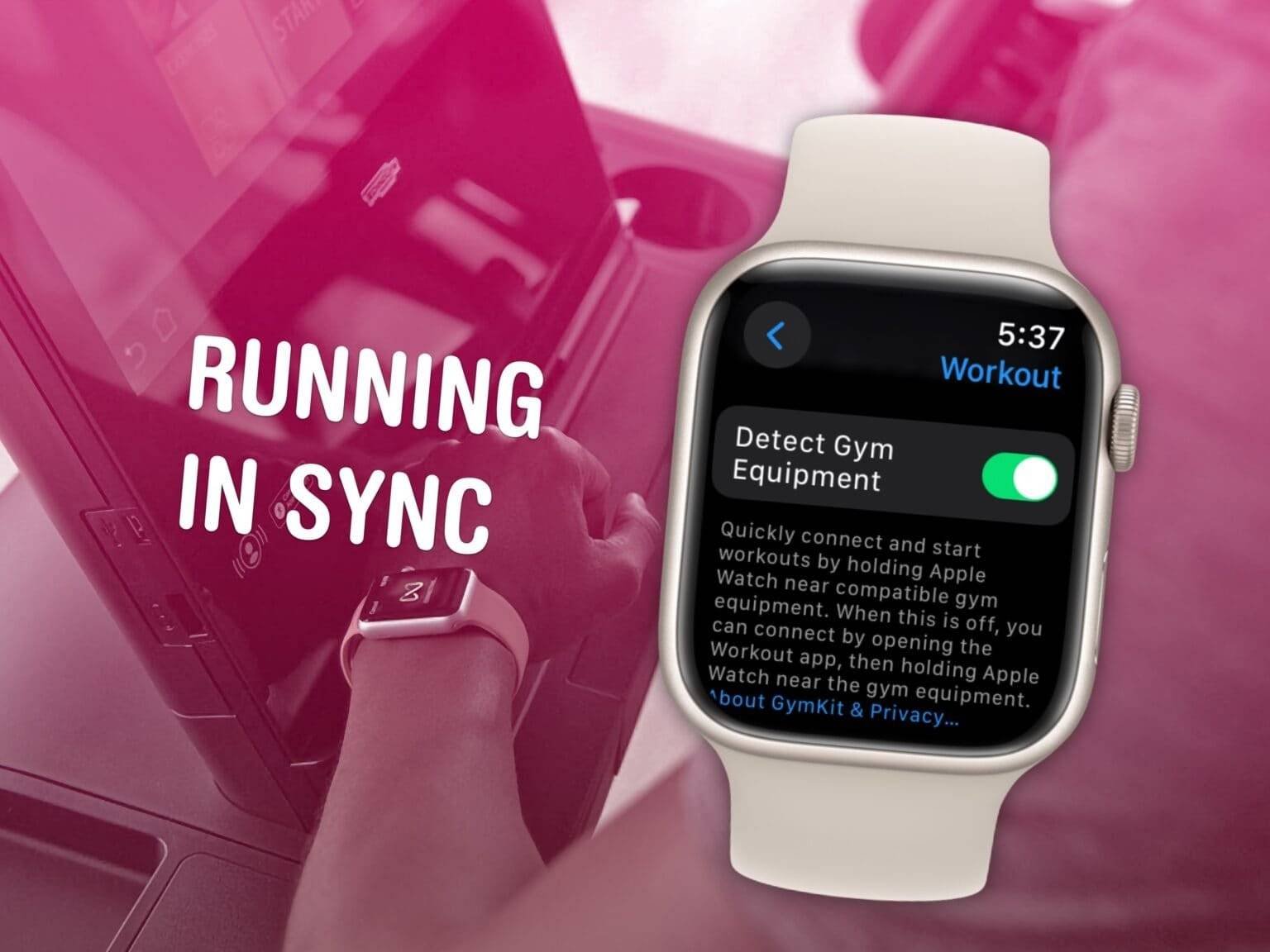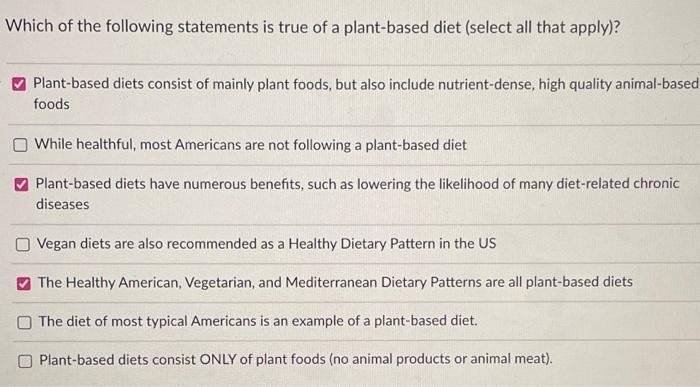What is Physical Fitness: Physical fitness refers to the ability of the body to perform daily tasks efficiently without undue fatigue. It encompasses cardiovascular endurance, muscle strength, flexibility, and body composition.
Physical fitness is crucial for overall health and well-being. Regular exercise improves cardiovascular health, strengthens muscles, and enhances flexibility. It also helps in maintaining a healthy weight and reduces the risk of chronic diseases. Engaging in physical activities boosts mental health by reducing stress and anxiety.
A balanced fitness routine should include aerobic exercises, strength training, and stretching. Consistency is key to achieving and maintaining physical fitness. Proper nutrition and hydration also play vital roles in supporting an active lifestyle. Prioritizing physical fitness leads to a longer, healthier, and more fulfilling life.

Credit: us.humankinetics.com
Introduction To Physical Fitness
Physical fitness means having a healthy body. It includes strength, endurance, and flexibility. Staying fit can improve your life. You will feel better and have more energy.
The Essence Of Being Fit
Being fit means you can do daily tasks without getting tired. It helps your heart, lungs, and muscles. A fit body can fight diseases better. It also helps you feel happy and reduces stress.
Key Components Of Physical Health
Physical health has many parts. Here are the key components:
- Cardiovascular Endurance: This is how well your heart and lungs work. Activities like running and swimming improve this.
- Muscular Strength: This is the power of your muscles. Lifting weights can help build strength.
- Muscular Endurance: This is how long your muscles can work. Exercises like cycling and rowing help with endurance.
- Flexibility: This is how well you can move your joints. Stretching exercises improve flexibility.
- Body Composition: This is the ratio of fat to muscle in your body. Healthy eating and exercise help keep a good balance.
| Component | Description | Examples |
|---|---|---|
| Cardiovascular Endurance | Heart and lungs working well | Running, Swimming |
| Muscular Strength | Muscle power | Weight Lifting |
| Muscular Endurance | Muscles working for long | Cycling, Rowing |
| Flexibility | Joint movement | Stretching |
| Body Composition | Fat to muscle ratio | Healthy Eating, Exercise |

Credit: en.wikipedia.org
Benefits Of Regular Exercise
Regular exercise is vital for maintaining overall health and well-being. It offers numerous benefits that enhance both mental and physical health. Let’s explore the key benefits of regular exercise.
Boosting Mental Well-being
Exercise helps in reducing stress and anxiety levels. It releases endorphins, which are natural mood lifters. Regular physical activity can improve sleep patterns. Better sleep leads to improved focus and productivity. Exercise also boosts self-esteem and confidence. It provides a sense of accomplishment and improves body image.
Enhancing Physical Capabilities
Regular exercise strengthens muscles and bones. It enhances cardiovascular health, reducing the risk of heart diseases. Consistent physical activity can help in weight management. It increases metabolism and burns calories. Exercise improves flexibility and balance. This reduces the risk of falls and injuries.
| Benefit | Description |
|---|---|
| Mental Well-being | Reduces stress, anxiety, and improves mood and sleep. |
| Physical Capabilities | Strengthens muscles, bones, and cardiovascular health. |
| Weight Management | Increases metabolism and helps in burning calories. |
| Flexibility and Balance | Improves overall flexibility and reduces injury risks. |
Regular exercise has a multitude of benefits. From boosting mental well-being to enhancing physical capabilities, it plays a crucial role in maintaining a healthy lifestyle.
The Five Pillars Of Fitness
Physical fitness is essential for a healthy life. It helps us feel great and stay active. The concept of physical fitness can be broken down into five main components. These components are called the Five Pillars of Fitness. Understanding these pillars helps in creating a balanced fitness plan.
Cardiovascular Endurance
Cardiovascular endurance is the ability of your heart and lungs to work together. It helps in supplying oxygen to your body during exercise. Activities like running, cycling, and swimming can improve this. Regular exercise strengthens your heart and lungs. It also helps in reducing the risk of heart diseases.
Muscle Strength
Muscle strength is the amount of force a muscle can produce. Strength training exercises like weight lifting can boost muscle strength. Strong muscles are important for daily tasks. They also help in improving your posture and reducing injuries.
Muscular Endurance
Muscular endurance is the ability of a muscle to sustain repeated contractions. It is crucial for activities that last longer. Exercises like planks, push-ups, and cycling can enhance muscular endurance. This helps in performing daily activities without fatigue.
Body Composition
Body composition refers to the proportion of fat and non-fat mass in your body. A healthy body composition means having a lower percentage of body fat. It also includes having more lean muscle mass. Eating a balanced diet and regular exercise can improve body composition.
Flexibility
Flexibility is the range of motion around a joint. Stretching exercises like yoga can improve flexibility. Good flexibility helps in reducing muscle stiffness. It also prevents injuries and improves overall performance.

Credit: www.airuniversity.af.edu
Assessing Your Fitness Level
Assessing your fitness level is crucial to understand your current physical state. It helps in setting realistic goals and tracking progress over time. This section will explore various techniques to evaluate your fitness levels effectively.
Self-evaluation Techniques
Self-evaluation techniques are simple methods you can perform at home. These techniques require minimal equipment and can provide a basic understanding of your fitness level.
- Body Mass Index (BMI): Calculate your BMI using weight and height. A healthy BMI ranges from 18.5 to 24.9.
- Waist-to-Hip Ratio: Measure your waist and hip circumference. A lower ratio indicates better health.
- Resting Heart Rate: Measure your heart rate after waking up. A lower resting heart rate indicates better cardiovascular fitness.
These methods offer a quick snapshot of your fitness. For a detailed analysis, professional assessments are recommended.
Professional Fitness Assessments
Professional fitness assessments provide a comprehensive analysis of your physical condition. These assessments are conducted by fitness experts and use advanced tools.
| Assessment Type | Description |
|---|---|
| Cardiovascular Endurance Test | Measures how well your heart and lungs function during exercise. |
| Strength Assessment | Evaluates the strength of different muscle groups. |
| Flexibility Test | Assesses the range of motion of your joints. |
| Body Composition Analysis | Measures the percentage of fat, muscle, and bone in your body. |
Professional assessments provide detailed insights into your fitness. They help in creating a personalized fitness plan.
Setting Realistic Fitness Goals
Setting realistic fitness goals is crucial for achieving physical fitness. Goals act as a roadmap, guiding your fitness journey. They keep you focused and motivated.
Short-term Vs Long-term Objectives
Fitness goals can be divided into short-term and long-term objectives. Short-term goals are easier to achieve. They provide quick wins and boost motivation. Examples include walking 10,000 steps daily or doing 20 push-ups. Long-term goals require more time and effort. These goals build endurance and strength. Examples include losing 20 pounds or running a marathon.
Smart Criteria For Goal Setting
Using the SMART criteria helps in setting clear and achievable goals. SMART stands for Specific, Measurable, Achievable, Relevant, and Time-bound.
- Specific: Goals should be clear and specific. Instead of “get fit,” aim for “run 5 kilometers.”
- Measurable: Goals should be measurable. Track your progress with numbers like “lose 5 pounds.”
- Achievable: Goals should be realistic and attainable. Ensure you can achieve them with your current resources.
- Relevant: Goals should align with your interests. Choose goals that matter to you.
- Time-bound: Goals should have a deadline. Set a timeframe like “in 3 months.”
Setting realistic fitness goals is the first step towards a healthier life. Make sure your goals are clear, measurable, and achievable. Keep them relevant to your interests and set a deadline. This way, you can stay motivated and track your progress effectively.
Customizing Your Workout Routine
Customizing your workout routine is key to achieving physical fitness. Each person is different, so workouts need to match individual needs. A tailored plan helps you reach your goals faster. It also keeps you motivated and reduces the risk of injury.
Balancing Different Types Of Training
Balancing different types of training is essential for overall fitness. Your routine should include strength training, cardio, and flexibility exercises. This mix ensures your body gets a full workout.
- Strength Training: Builds muscle and boosts metabolism.
- Cardio: Improves heart health and burns calories.
- Flexibility Exercises: Enhances range of motion and prevents injuries.
Use a weekly plan to balance these exercises. For example, do cardio three times a week, strength training twice, and flexibility exercises twice. This way, you work all parts of your body.
Incorporating Rest And Recovery
Rest and recovery are crucial for a successful workout routine. Your body needs time to heal and grow stronger. Without rest, you risk overtraining and injury.
Include rest days in your weekly plan. For example, take a break after two days of intense workouts. Rest days can involve light activities like walking or stretching.
Here is a sample weekly plan:
| Day | Activity |
|---|---|
| Monday | Cardio |
| Tuesday | Strength Training |
| Wednesday | Flexibility Exercises |
| Thursday | Cardio |
| Friday | Strength Training |
| Saturday | Rest or Light Activity |
| Sunday | Flexibility Exercises |
This plan ensures a good balance of exercise and rest. Customize it based on your fitness level and goals.
Nutrition’s Role In Fitness
Physical fitness isn’t just about exercise. Nutrition plays a critical role too. Eating the right foods can boost your energy and help you recover faster. In this section, we’ll explore how nutrition fuels your fitness journey.
Fueling Your Body For Exercise
Your body needs fuel to perform well during workouts. The primary sources of energy are carbohydrates, proteins, and fats. Each serves a unique purpose.
- Carbohydrates: Provide quick energy.
- Proteins: Help repair muscles.
- Fats: Offer long-lasting energy.
Let’s look at some examples:
| Nutrient | Food Source |
|---|---|
| Carbohydrates | Whole grains, fruits, vegetables |
| Proteins | Lean meats, beans, nuts |
| Fats | Avocado, olive oil, nuts |
The Importance Of Hydration
Staying hydrated is crucial for physical fitness. Water helps your body function properly. It keeps your muscles and joints working well.
Aim to drink at least 8 glasses of water each day. During exercise, drink more to replace lost fluids.
- Carry a water bottle.
- Take small sips often.
- Choose water over sugary drinks.
Hydration affects your performance. Dehydration can lead to cramps and fatigue. So, keep that water bottle handy!
Overcoming Common Fitness Challenges
Fitness journeys often come with obstacles. Common challenges can derail progress. Understanding these challenges helps maintain momentum and achieve goals.
Breaking Through Plateaus
Hitting a plateau is frustrating. Progress seems to stall, and motivation dips. To break through, try these strategies:
- Change Your Routine: Introduce new exercises to shock your muscles.
- Increase Intensity: Add more weight or increase reps.
- Rest and Recover: Give your body time to heal and grow.
- Track Progress: Keep a workout journal to monitor improvements.
Dealing With Injuries
Injuries can be a major setback. They require careful management to prevent further damage. Follow these tips to deal with injuries effectively:
- Consult a Professional: Seek advice from a doctor or physiotherapist.
- Rest the Injured Area: Avoid activities that strain the injury.
- Use Ice and Compression: Reduce swelling and pain with ice packs and compression bandages.
- Gradual Return: Slowly reintroduce exercise to avoid re-injury.
Overcoming fitness challenges requires patience and persistence. Stay motivated and keep pushing forward.
Leveraging Technology For Enhanced Fitness
In the digital age, technology revolutionizes physical fitness. Gadgets and apps are transforming workouts. They make fitness more accessible and engaging.
Fitness Apps And Wearables
Fitness apps are popular tools for health enthusiasts. They offer personalized workout plans, track progress, and motivate users. Some top apps include:
- MyFitnessPal – Tracks calories and nutrition.
- Fitbit – Monitors daily activity and sleep.
- Strava – Ideal for runners and cyclists.
Wearables are also game-changers in fitness. These devices track steps, heart rate, and more. Popular wearables include:
- Apple Watch – Syncs with many fitness apps.
- Garmin Forerunner – Great for serious athletes.
- Whoop Strap – Focuses on recovery and strain.
Virtual Training And Online Resources
Virtual training offers flexibility and convenience. People can join live classes or follow pre-recorded sessions. Some popular platforms are:
- Peloton – Offers live and on-demand classes.
- Beachbody On Demand – Features a wide range of workouts.
- Daily Burn – Provides new workouts daily.
Online resources are rich with fitness content. Blogs, videos, and forums offer tips and support. Key benefits include:
- Accessibility – Resources are available anytime, anywhere.
- Variety – Wide range of workouts and tips.
- Community – Connect with like-minded fitness enthusiasts.
Incorporating technology into fitness routines can boost motivation and results. Embrace these tools to enhance your fitness journey.
Fostering A Lifelong Commitment To Fitness
Physical fitness is not just about looking good. It’s about feeling good too. Building a lifelong commitment to fitness helps you stay healthy and happy. It involves creating habits and staying motivated over time.
Building Habits For Consistent Exercise
To build a habit, start small. Begin with short, simple workouts. Consistency is key. Try to exercise at the same time every day. This helps your body and mind adjust.
Here are some tips to build exercise habits:
- Set clear and achievable goals.
- Keep track of your progress.
- Reward yourself for small milestones.
- Find activities you enjoy.
Use a table to plan your weekly workouts:
| Day | Activity |
|---|---|
| Monday | Jogging |
| Tuesday | Yoga |
| Wednesday | Strength Training |
| Thursday | Swimming |
| Friday | Dance Class |
| Saturday | Hiking |
| Sunday | Rest |
Staying Motivated Over Time
Staying motivated can be challenging. Here are some ideas to keep you going:
- Find a workout buddy.
- Mix up your routines.
- Join a fitness class.
- Set new goals regularly.
Remember, fitness is a journey, not a race. Celebrate every step you take. Keep pushing forward, and you will see results. Stay committed, stay active, and enjoy the benefits of a healthy lifestyle.
Conclusion
Achieving physical fitness is essential for a healthy lifestyle. It boosts energy, improves mood, and enhances overall well-being. Incorporate regular exercise, balanced nutrition, and adequate rest into your daily routine. By prioritizing physical fitness, you can lead a happier, healthier life.
Start your journey towards better health today and experience the benefits firsthand.
Frequently Asked Questions about What is Physical Fitness
What Is Physical Fitness?
- Physical fitness refers to the ability to perform daily activities with vigor and without undue fatigue.
Why Is Physical Fitness Important?
- Physical fitness is crucial for overall health, reducing the risk of chronic diseases, and improving mental health.
How Can I Improve My Physical Fitness?
- To improve physical fitness, engage in regular exercise, eat a balanced diet, and get sufficient sleep.
What Are The Components Of Physical Fitness?
- The main components of physical fitness include cardiovascular endurance, muscular strength, flexibility, and body composition.
How Often Should I Exercise For Fitness?
- For optimal fitness, aim to exercise at least 150 minutes per week, including both aerobic and strength-training activities.

